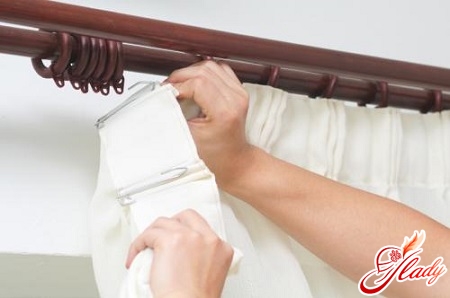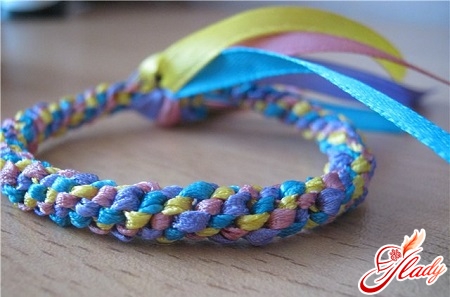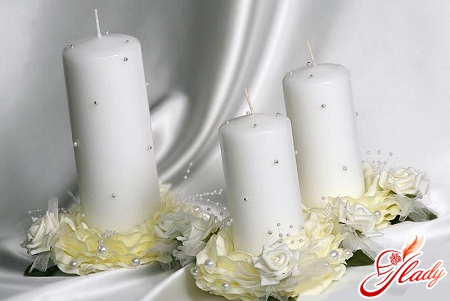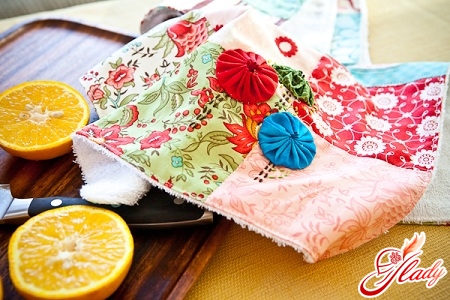 Patchwork, quilting, patchwork… As soon asdo not call this type of handicraft. By the way, for some reason, quilting is usually used to refer to patchwork sewing as such, although in fact it is just a special technique for working with fabric. "Quilt" in English means "quilted fabric" (product). And the word "quilting" refers to the process of making quilted products. In patchwork handicrafts, quilting is an independent and self-sufficient technique. This craft is popular in many countries around the world, but Americans claim authorship.
Patchwork, quilting, patchwork… As soon asdo not call this type of handicraft. By the way, for some reason, quilting is usually used to refer to patchwork sewing as such, although in fact it is just a special technique for working with fabric. "Quilt" in English means "quilted fabric" (product). And the word "quilting" refers to the process of making quilted products. In patchwork handicrafts, quilting is an independent and self-sufficient technique. This craft is popular in many countries around the world, but Americans claim authorship.
From the history of quilting
For patchwork and quilting the definition is appropriate«patchwork». But these words are not synonyms, as many people think. Patchwork (as a technique) is officially recognized as an English invention, although patchwork existed in almost all nations. America is considered the founder of quilting. However, art historians claim that three-layer quilted clothes were first sewn in China and Japan. It came to Europe during the Crusades, when knights wore quilted shirts under heavy armor. In the fifteenth century, a technique similar to quilting, called "trapuncto", arose in Italy. And in the sixteenth century, colorful Indian fabrics first appeared in England, which served as the beginning of the emergence of patchwork. After the sale of imported fabrics in England was banned, they became incredibly expensive, and they began to be treated very carefully, using even scraps of expensive material for sewing. At the same time, Europeans began settling the American continent, and patchwork sewing moved to the New World with the first settlers. This time is considered to be the time of the origin of quilting. Americans call quilting their folk art, because they attribute to themselves the invention of the method of combining patchwork sewing and quilting. Quilt making in America was a traditional and popular activity, a kind of gathering where you can combine business with pleasure. The upper patchwork part of the quilts was sewn in the winter, and in the spring they gathered for quilting. In addition to useful things and clothes, special symbolic quilts were sewn. For example, on his twenty-fifth birthday, a man received a "Freedom Quilt" (a blanket for traveling) as a gift, which his sisters or mother sewed for him from scraps from their dresses. Quilting was improved, supplemented with applique, and from the middle of the nineteenth century patchwork quilts were practically replaced by single-color ones, where the main decoration became stitching.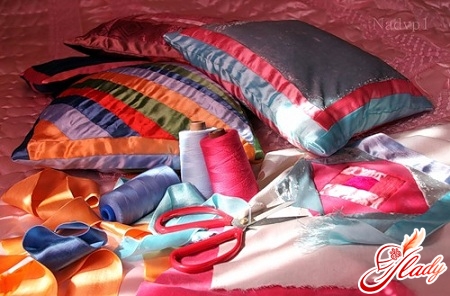
Quilting techniques
Traditional quilt combines patchworksewing and quilting, but items made using this technique can also be single-color or decorated with applique. A combination of patchwork and applique is also acceptable. One of the main distinguishing features of a quilt (along with quilting) is its multi-layered nature. The item is made from two fabric panels (front and back) and a padding made of synthetic padding or batting, which makes the quilt voluminous. Quilting on synthetic padding (batting) transforms such an item from simply voluminous into relief. The front side of a quilted item is sewn both as a patchwork and as a single-colored item made from a single piece of fabric. The back side of a quilt is most often made single-color, but it can also be sewn from different scraps. Quilts are usually double-sided, since the fabric quilted from the back also looks quite aesthetically pleasing due to the intricate convex pattern. The applique in the quilt is also necessarily quilted, making the pattern embossed. The stitch in quilting is done both by hand and on a sewing machine. The main condition for a beautiful quilt is the same size of stitches. The pattern that will be quilted on the product is usually applied to the canvas, and then a stitch is made along its contour. However, for quilted patchwork fabrics, it is often enough to have a pattern already folded from the patches, along the borders of which the stitch is made. Sometimes patchwork quilts are quilted seam to seam, placing new lines on the seams connecting the patches.
Making a quilt
The process of making a quilt is very similar totraditional patchwork, only supplemented with quilting. First, choose a pattern for a single-color fabric and sew a patchwork top. You will also need fabric for the back side, which, however, can also be made patchwork. And also stock up on synthetic padding or batting for lining the quilt. Now you need to choose a pattern and apply markings to the front side of the quilt. The markings are applied with a simple pencil or water-based markers (felt-tip pens). Just test the pencil on an unnecessary piece of scrap before drawing on the fabric. Apply the pattern according to a pre-made template, tracing it with a thin and light line. And one more important point: iron the fabric before applying the markings. Otherwise, under a hot iron, the pencil mark may firmly eat into the fabric. For contour (simple) quilting and for a pattern with straight lines, markings are not necessary. For a quilted pattern, markings can be made in several ways: by transferring the design onto the fabric and either directly using the template, pinning it to the fabric or using a basting pencil. Once the quilting is complete, the paper is carefully pulled out.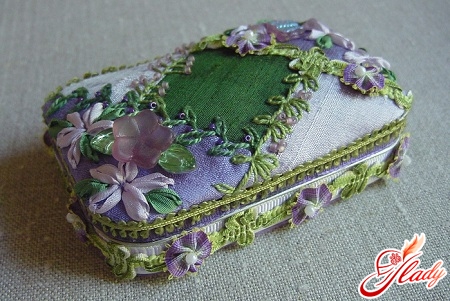
Stitch on the machine
General rules for working with a sewing machine during the stitching process.
In addition to the basic rules of quilting for beginnersThe quilter needs to get acquainted with its types. The main types of stitches used in quilting are straight stitch, stitch, contour stitch, curved stitch, stitch in the seam, dotted stitch, free stitch and quilted lattice.
- Straight stitch
It is done with a machine darning foot.avoiding folds and wrinkles on the lining. First, make several stitches in one place, securing the beginning of the line, and then continue stitching along the intended line of the pattern.
- Stitch along the contour
It is done at a distance of seven and a halfmillimeters from the seam. Such a stitch clearly highlights the boundaries of the pattern in the patchwork fabric, and the elements become less convex. It is convenient to lay the outline of the stitch with a marking tape of the required width, along which the line is made.
- Stitch "seam in the seam"
It is laid along the lines of existing seamson the side of the fabric where there are no allowances. This is the most convenient type of stitch for inexperienced quilters, as it allows you to hide the seams. This stitch can be done either on a sewing machine or by hand.
- Quilted lattice
A stitch for filling large patchwork piecescanvas. This method involves stitching a rectilinear geometric pattern - a grid consisting of squares or diamonds. Curved stitching This is done to repeat lines multiple times or fill the background. It looks very impressive and allows you to create patterns in the form of twisted patterns or feathers.
- Free Stitch
Convenient for quilting curved lines and suitable for the most complex designs.
- Dotted stitch
Used for stitching abstract designs orelements of arbitrary shape. With this method, the line is made in any direction with small stitches. The stitches are placed very close to each other, which gives the pattern additional relief. Quite simple at first glance, the quilting technique actually turns out to be complex. Sometimes, the craftswoman is required to have jewelry precision and absolute perfection. But you always need to start with something, even when mastering such a complex handicraft. Experience comes with time and only in the process of work. Therefore, you still need to start (if you want), but you need to take on the simplest quilts with elementary patterns. After a successful start, you can try your hand at more complex products. In this patchwork technique, they make not only traditional blankets or bedspreads, but also paintings, rugs and even clothes. Mastery comes with experience. Create for your own pleasure, gain experience, and you will definitely succeed! We recommend reading:




